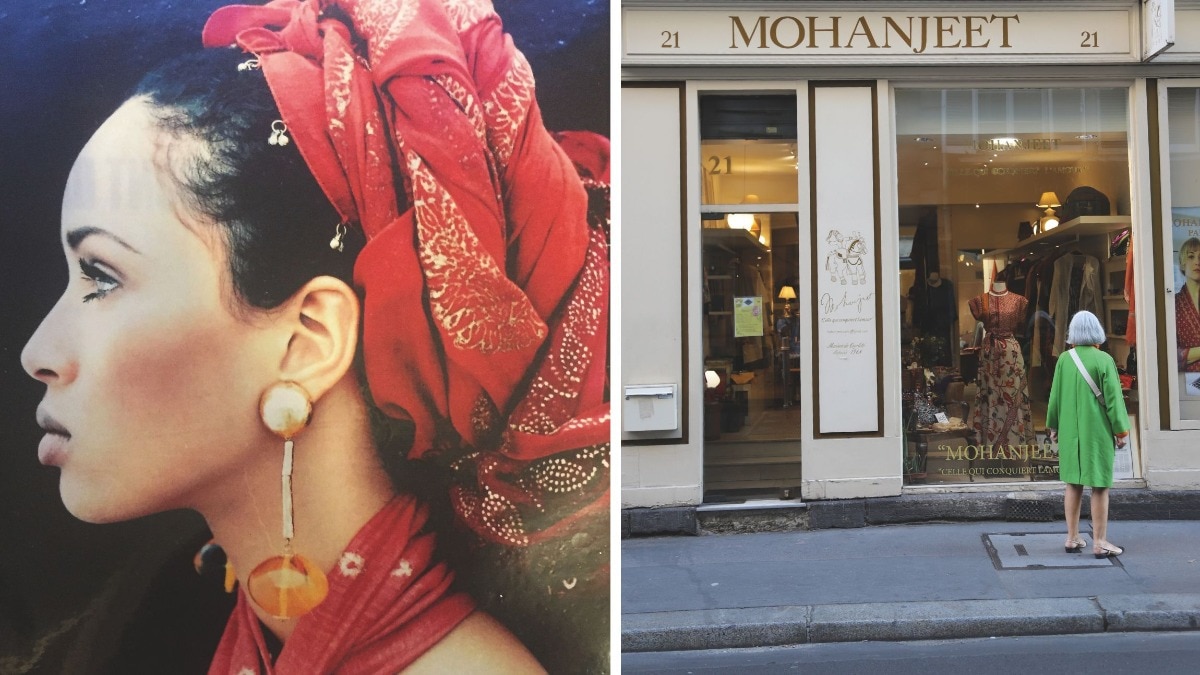
Why we think the circular fashion trend is only getting started
A glimmer of hope for fashion’s future.


With fashion brands growing increasingly conscious, all heads are turning towards circularity. For those not familiar with the term, it refers to the act of turning old clothes into new ones, a sort of sartorial reincarnation. In 2024, it’s easy for consumers to see why fast fashion is a problem—from unsustainably sourced materials to inhumane labour conditions, there are many problems ailing the industry. When your T-shirt costs less than your latte, its value significantly drops, relegating it to “disposable”. Though value isn't just about price, it heavily relies upon individuality. One might cherish a garment because it’s by a particular designer, because it’s rare or simply because it has a story. High-frequency basics, in particular, have a short lifespan, these are items you wear through quickly, which can’t be resold or donated and often end up in the trash.
Approximately 50 million tonnes of clothing is discarded annually and most of it is made of synthetic materials, meaning it isn't biodegradable.

In fact, the time, energy, and amount of resources that go into producing cheap basics is disproportionate to its short lifespan (one garment of fast fashion clothing often takes up to 700 gallons of water to make and travels across multiple countries during production). But even if something like a T-shirt is stained, damaged, or torn at the end of its life, it can still be recycled into something else. The key to making fashion more sustainable is making consumers aware of this. As we adopt refill packages and denounce single-use plastic, it’s time to turn our attention to clothes. Once we realise that nothing really goes away once it’s thrown “away”, it will change how we shop—leading to fewer, yet more legitimately valuable purchases.
Recycling plays an instrumental role in circularity because it’s the only way fashion can stop clogging landfills and minimise its impact on the world’s natural resources. Industry experts seem to agree on one place to start: collecting used clothes, sorting them, and getting them to companies that can recycle them at scale. For this to operate smoothly and economically, so it yields a fibre that will meet fashion’s standards, companies often depend on having specific textiles, on having them be of reliable quality, and in large enough volumes. A number of fashion brands have started their own recycling programmes to foray into the green game, the range extends from luxury designers to even fast fashion companies. These labels hop onto the circular fashion trend through the help of some newly launched start-ups that are dedicated to bridging this gap in circularity.

Zara teamed up with Circ to produce a capsule range made entirely from recycled fibre, and the best part was that the garments from this range could be recycled again. Tonnes of garment waste were recycled and prevented from ending up in landfills, oceans, and incinerators. Fast fashion companies are eager to invest in circular solutions to clean up their currently wasteful images. Other brands like Coach and AG are using their own garment waste to produce new apparel. Coach launched its sub-brand Coachtopia, which features colourful accessories, shoes, and handbags made from recycled leather. AG launched an initiative where customers can turn in used AG pieces to be recycled and receive a discount in turn. Recapturing products at the end of the lifecycle is the only way for a brand to be truly circular. Brands like Patagonia, Levi's, The North Face, and Lululemon have proved to be leaders in the circular economy in 2023, utilising recycled fibres and reused garments. Thrift shops, second-hand shopping, and clothing rentals were more popular than ever in 2023, even in India, and the numbers are only expected to grow. Websites like Saritoria, Vinted, and Farfetch Preloved are making the concept of circularity accessible to all.


The perfect company, sorting process or technology does not exist yet—they all operate in a system that’s not designed for circularity, but the rise of companies making an effort and nudging progress in the right direction provides a glimmer of hope for sustainability advocates. Circular models are so interesting because they inspire better consumer behaviour and it’s safe to say that the wave of circularity is only just starting.










